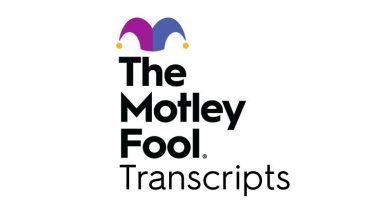When and Why Does an Insurer Decide to Total a Car?

[ad_1]
After a car accident, an auto insurance company usually pays the bills to repair a vehicle. This could be the policyholder’s own insurer if the crash was the policyholder’s fault. Or it could be the insurance company for another driver who was to blame for the accident.
In some situations, though, insurers don’t pay repair bills. Instead of covering the costs of fixing the car, they declare it a total loss. This is called totaling the car, and it potentially has some big financial consequences for the vehicle’s owner.
When does an insurer total a car?
An insurance company will typically declare that a vehicle is a total loss if the cost of repairing the car would equal or exceed what the car is worth.
Say, for example, a vehicle that’s worth about $15,000 suffers very serious damage and it would cost $20,000 to repair it. In this situation, it would make no sense at all for the insurer to spend $20,000 to repair a car worth only $15,000. Rather than doing that, the insurer will alert the vehicle’s owner that the car is being totaled instead.
What does having a car totaled mean for the owner?
When a car is totaled, the insurance company takes possession of the destroyed vehicle and sends the owner money to compensate them. The car’s owner will typically receive a payment equal to the market value of the vehicle at the time it was totaled.
If the payment is coming from their own insurer under their collision coverage, this payment will be made minus any deductible owed. If it’s coming from an at-fault driver’s insurer, the payment will be for the full amount of the car’s market value.
Read more: check out our picks for the best car insurance companies
Unfortunately, the fact that the car owner just gets paid for what the car is worth can sometimes cause problems for the vehicle owner. That’s because:
- The car may not be worth what the driver owed on it.
- The driver may not be able to buy a similar car for the amount of money they received.
Many people end up with a vehicle that they owe more on than it is worth, especially as people take longer car loans and make lower down payments. If the car is worth just $12,000 but the driver owes $15,000 on it, they’d have to come up with $3,000 out of their bank account to pay off the loan for a car they no longer own. Drivers can avoid having to pay this money out of pocket by buying a special kind of insurance called gap insurance, but that would have to be purchased before a crash happens.
A driver may not be able to afford a similar car
There are a few reasons this could happen. A driver who had an older model vehicle they maintained perfectly that was in great condition might simply not be able to find a similar car for the amount of a car insurance payout and may have to pay more for a newer model.
And new cars lose a lot of value after being driven off the lot. So someone with a relatively new car would find its fair market value well below what it would cost to buy a comparable brand new model. That’s why some insurers offer new car replacement to guarantee that a policyholder who totals a new car can get a similar model without being out a fortune.
Unfortunately, drivers don’t get a choice whether an insurer decides to total their car. They could try to appeal the decision and argue the car is worth more if there are grounds to do so. But an insurer simply won’t pay more than what a car is worth to repair it.
Motorists need to be prepared for this possibility and should consider buying gap insurance, as well as new car replacement insurance. This can help minimize the chances of big losses if their vehicle is declared a total loss.
Our best car insurance companies for 2024
Ready to shop for car insurance? Whether you’re focused on price, claims handling, or customer service, we’ve researched insurers nationwide to provide our best-in-class picks for car insurance coverage. Read our free expert review today to get started.
[ad_2]




